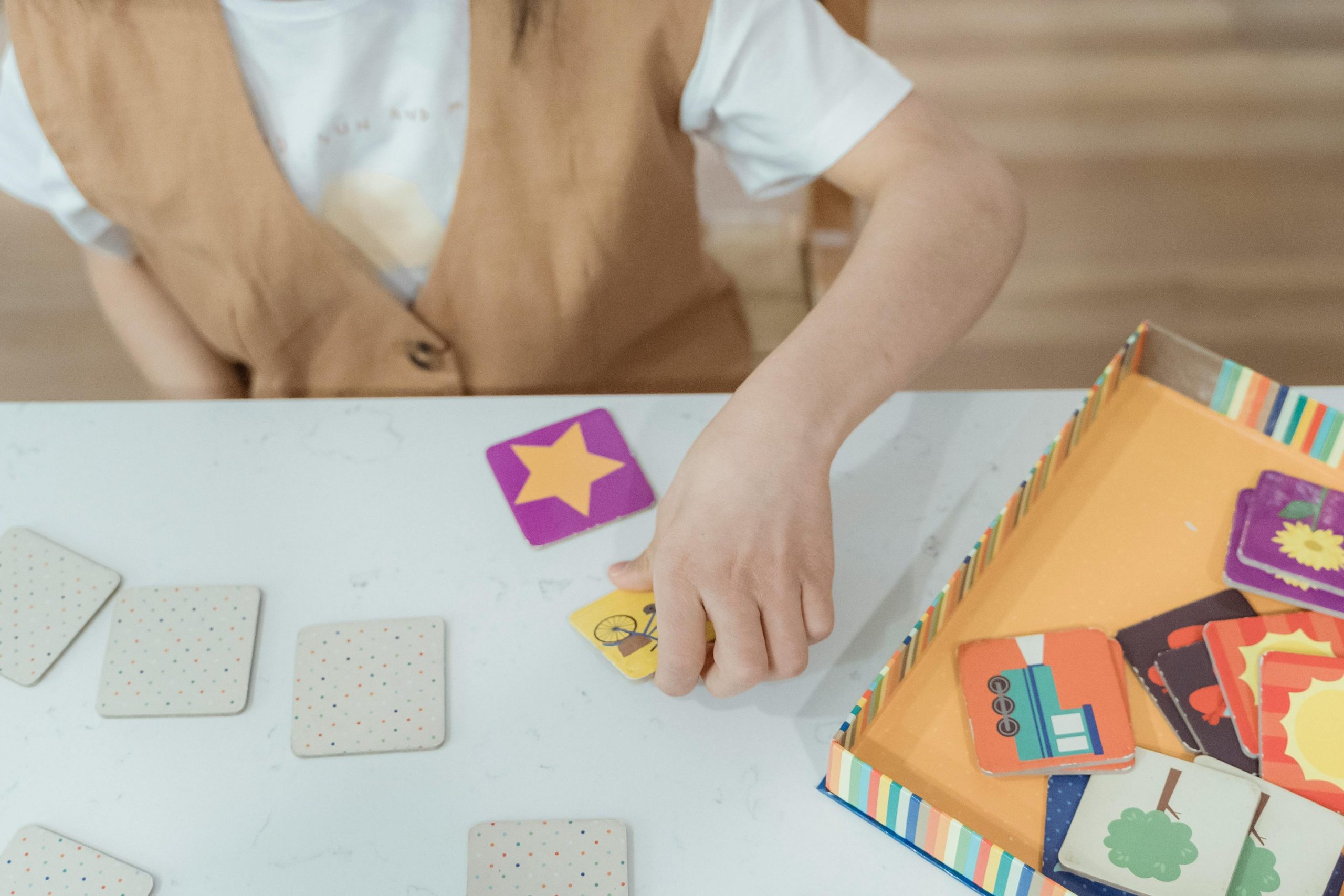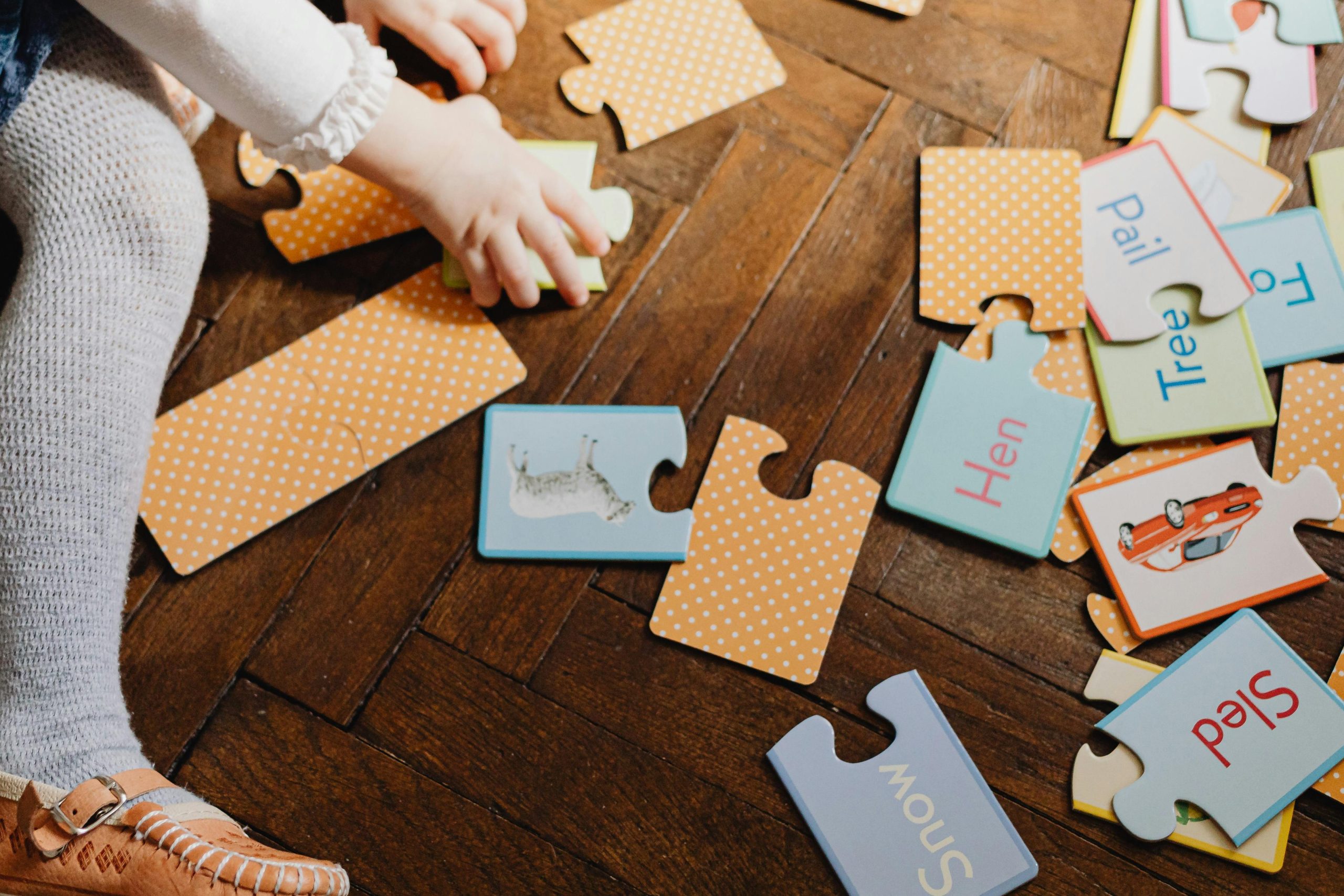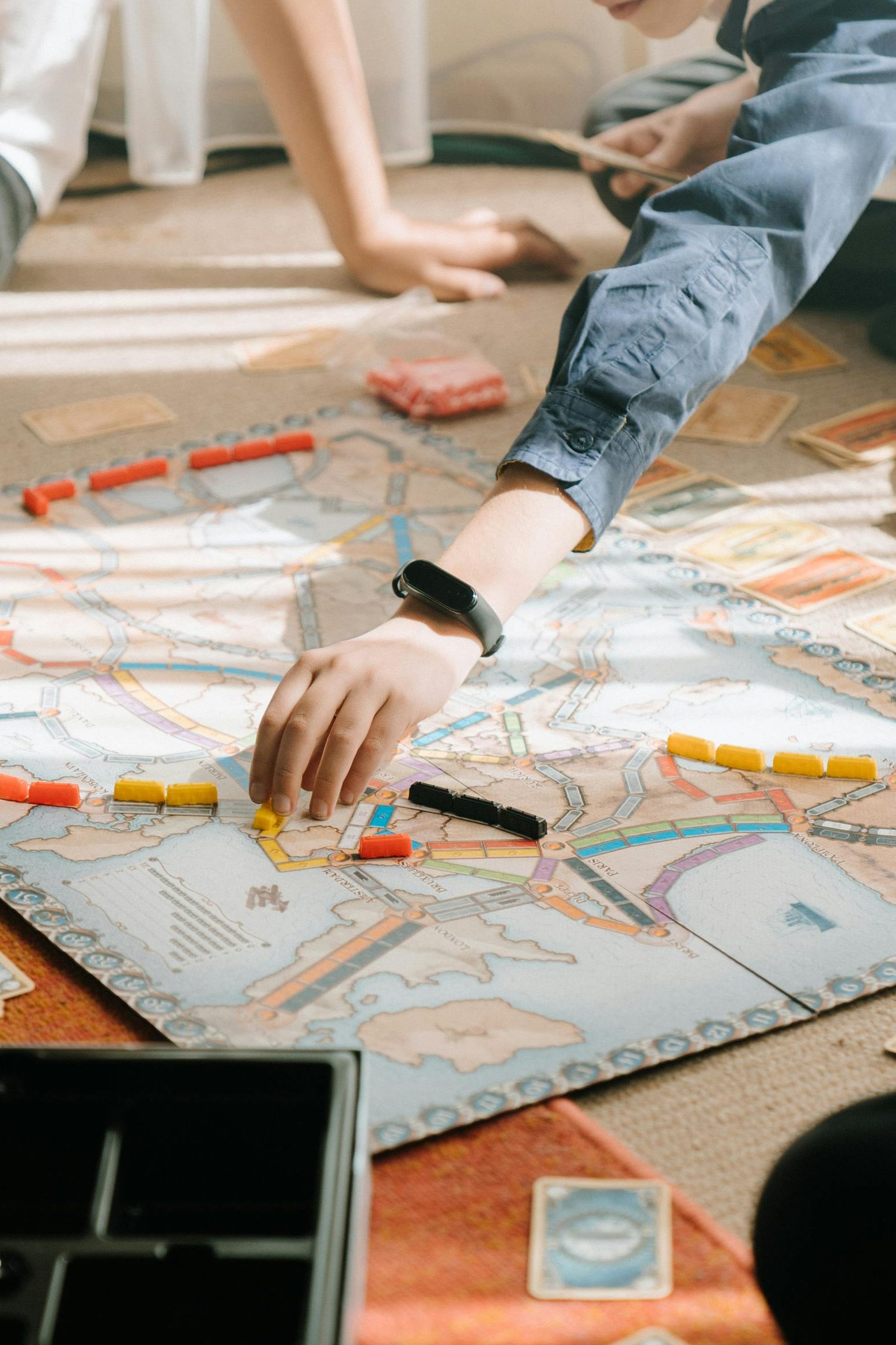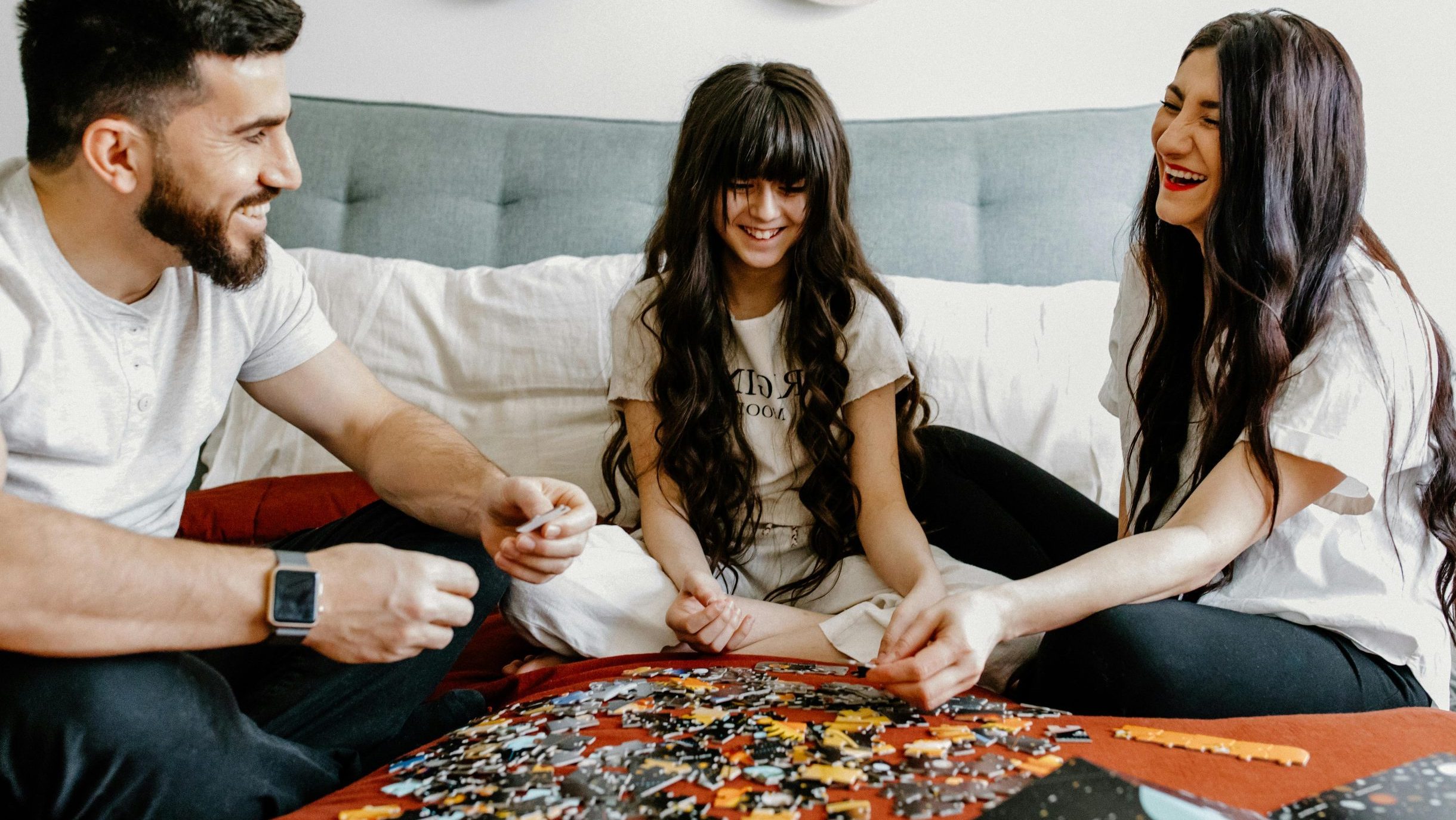This is not just a game, but a way to sharpen children’s brain to become smarter! In today’s world of endless apps and screen time, it’s easy to forget the power of simple games. Classic matching games, despite their simplicity, have stood the test of time. They continue to entertain children while developing essential cognitive skills — and in 2025, their value remains unmatched.
Whether you’re a parent looking to reduce screen exposure, a teacher seeking hands-on learning tools, or simply someone who remembers these games fondly, this article will walk you through four timeless matching games that still matter today.
Let’s dive into the world of memory, focus, and fun!
1. Memory Card Game (Also Known as “Concentration”)

One of the simplest yet most powerful games is the classic Memory Card Game. Played by flipping over pairs of cards to find matches, this game engages the mind and memory in ways that no app truly can.
Why it’s still great:
- Improves memory and concentration
- No screen needed
- Easy to create at home with paper or card stock
How It Works:
You lay a set of cards face down — usually in a grid. Each player takes turns flipping two cards. If they match, you keep the pair and take another turn. If not, flip them back over. The game continues until all pairs are found.
What Makes It Timeless:
Children love the challenge of remembering positions. It becomes a fun race between the brain and the eyes. More importantly, it improves visual memory, attention span, and patience.
Why It Still Matters in 2025:
With increasing concerns about children’s screen time and mental overstimulation, memory games offer a peaceful alternative. They can be played with homemade cards, printable templates, or themed card sets with animals, numbers, or superheroes.
Wrap-up Thought:
The Memory Card Game is a brilliant example of “less is more.” No batteries, no Wi-Fi — just focus, fun, and the joy of playing face-to-face.
2. Puzzle Matching – Pairing Pictures, Objects, or Words

Another enduring favorite is puzzle matching — a game where kids pair halves of images, words with pictures, or even objects with their categories. It’s especially effective for toddlers and early learners.
Best for:
- Toddlers & preschoolers
- Vocabulary building
- Solo or guided play
How It Works:
A puzzle set is typically divided into pieces that need to be matched. For example, a picture of an apple should be connected to the word “apple.” Or a sun to its matching shape. These puzzles come in cardboard, wood, or magnetic formats.
Why It’s Loved by Educators:
Matching puzzles help young children develop word recognition, categorization, and reasoning skills. It’s an early form of problem-solving that teaches logic in a very visual and tactile way.
Use in 2025 Learning Settings:
In Montessori or hybrid classrooms, these puzzles are still widely used. Parents also love using them at home to bond with their children during playtime, away from screens.
Wrap-up Thought:
Matching puzzles give children the joy of accomplishment with every correct pair — a confidence boost they carry into reading and math later on.
3. Domino Matching (Numbers, Pictures, or Colors)

Dominoes are more than just a game for adults. The child-friendly versions, often featuring animals, fruits, or colors, are amazing tools for pattern recognition and strategic thinking.
Benefits:
- Visual learning
- Hand-eye coordination
- Early math skills
How It Works:
Players take turns placing domino tiles that match ends — by number, shape, or color. The rules can be made simpler or more challenging depending on the child’s age.
Why It’s a Learning Goldmine:
Domino matching subtly introduces math: recognizing quantities, comparing numbers, and understanding order. For visual learners, picture dominoes are just as stimulating.
Benefits in 2025 and Beyond:
Modern versions even include storytelling elements, where each match contributes to a mini story. Some apps simulate the game, but the physical tiles remain best for interaction and motor skill development.
Wrap-up Thought:
Dominoes bridge the gap between fun and learning. Kids don’t realize they’re learning logic — they just enjoy the gameplay.
4. Board Matching Games (Like “Guess Who?”)

“Guess Who?” is a classic matching and deduction game where players identify a secret character based on yes/no questions. But beyond that, it teaches critical thinking and social engagement.
Great because:
- Boosts logical thinking
- Social play
- Enhances questioning ability
How It Works:
Each player has a board of characters. You choose one in secret. The other player asks questions to narrow down the options: “Does your character wear glasses?” or “Is it a woman?” Each answer helps eliminate characters until a guess is made.
Why Kids Love It:
It feels like detective work — fun, suspenseful, and smart. Children learn to ask clear questions, listen carefully, and form strategies.
How It’s Used in 2025:
Teachers use it in ESL classrooms to teach descriptive language. Parents use it to bond during game nights. Variants now include pets, vehicles, and fantasy characters.
Wrap-up Thought:
Matching with reasoning makes “Guess Who?” more than a game — it’s a brain workout hidden inside a playful package.
🌟 Final Words: Why Matching Games Still Shine in 2025
Despite the lure of screens and digital entertainment, matching games offer what so many modern tools can’t: genuine interaction, mindful focus, and playful learning.
They’re affordable, adaptable, and fun for all ages. They can be played solo, with family, or in classrooms. In a time when overstimulation is everywhere, classic games like these bring kids back to the basics — where thinking, feeling, and learning happen naturally.
So next time you’re looking for an activity for your child, try reaching for a box of memory cards or a puzzle instead of a tablet. You might be surprised how much they love it — and how much they learn from it.
Try playing one of these games with your child—this is not just a game, but a way to sharpen children’s brain to become smarter!
Want more parenting & tech content? Read our next article:
📖 Read this next: How to Set Up WhatsApp Auto Replies for Family & Business

